39 label the cells and molecules involved in cell-mediated immunity
Adaptive Immunity - Humoral and Cellular Immunity - Healio Cellular immunity occurs inside infected cells and is mediated by T lymphocytes. The pathogen's antigens are expressed on the cell surface or on an antigen-presenting cell. Helper T cells release... Components of the Immune System - Healio The primary parts of the immune system include the bone marrow and thymus. The bone marrow is extremely important to the immune system because all the body's blood cells (including T and B...
Solved Label the cells and molecules involved in | Chegg.com Question: Label the cells and molecules involved in cell-mediated immunity. Drag the appropriate labels to their respective targets. This problem has been solved! See the answer Label the cells and molecules involved in cell-mediated immunity. Show transcribed image text Expert Answer 99% (133 ratings) Th … View the full answer

Label the cells and molecules involved in cell-mediated immunity
Small molecules targeting the innate immune ... - ScienceDirect Dec 01, 2020 · The spontaneous sensing and prompt responding toward foreign invading DNA is a fundamental capacity of host defense. However, the underlining intrinsic mechanism remains complex and largely elusive. cGAS, STING and TBK1 are the key effectors involved in host defense, and the cGAS‒STING‒TBK1 axis is now appreciated as the major signaling pathway in the immune response across different species. List of courses :: UC Irvine, UCI Open The math involved is basic. ... Lec 15. Immunology with Hematology: Immunity by B Cells & Antibodies (Lecture) (English) Immunology Lecture 15 Notes. Humoral Immunity (File ... Lec 17. Immunology with Hematology: T Cell-Mediated Immunity (Lecture) (English) BioSci M121. Lec 18. Immunology with Hematology: Bodily Defense Against Infection ... T Cell-Mediated Immunity - Immunobiology - NCBI Bookshelf Tissue dendritic cells ingest antigen at sites of infection and are activated as part of the innate immune response. This induces their migration to local lymphoid tissue and their maturation into cells that are highly effective at presenting antigen to recirculating T cells.
Label the cells and molecules involved in cell-mediated immunity. Immune responses to bacteria | British Society for Immunology Th2 cells produce mostly interleukin-4 (IL-4), which promotes humoral immunity by activating B cells. B cells make antibodies that stick to extracellular bacteria and prevent their growth and survival. Via cell-mediated immunity. Some bacteria engulfed during phagocytosis avoid the killing mechanisms of the phagocyte to survive inside cells. The Adaptive Immune System - Molecular Biology of the Cell - NCBI Bookshelf There are two broad classes of such responses —antibody responses and cell-mediated immune responses, and they are carried out by different classes of lymphocytes, called B cells and T cells, respectively. In antibody responses, B cells are activated to secrete antibodies, which are proteins called immunoglobulins. MCB 100- HW 6 Flashcards | Quizlet Put the steps involved in cell-mediated immunity in order. 1. In the lymph nodes, cytotoxic T cells encounter dendritic cells displaying epitope on MHC-I. The tc cell is activated 2. The active cytotoxic T cell (CTL) leaves the lymph node looking for infected host cells displaying the same epitope on their MCL-I. MCB 100 Homework #6 (Exam 3) Flashcards | Quizlet Put the steps involved in cell-mediated immunity in order. 1. In the lymph nodes, cytotoxic T cells encounter dendritic cells displaying epitope in MHC-I. The Tc cell is activated. 2. The active cytotoxic T cell (CTL) leaves the lymph node "looking" for infected host cells displaying the same epitope on their MHC-I.
Answered: Drag each cell into the appropriate… | bartleby Antibody-Mediated Immunity Perforins and granzymes B lymphocytes Cytotoxic T cells Cell-Mediated Immunity Helper T cells Memory T cells Plasma cells Both CD8 cells APCS Next> 29 of 83 Prev Drag each cell into the appropriate position to identify whether it is associated with antibody-mediated immunity, cell-mediated immunity, or both. Cancers | Free Full-Text | The Roles of Immune Cells in Gastric … 14.8.2022 · Those cytokines play an essential role in activating cell-mediated immunity and orchestrating B-cell mediated humoral immunity . Th9 cells secrete interleukin-9 (IL-9), which involves the orchestration of cell-mediated immunity [ 54 ], while Th17 cells produce interleukin-17 (IL-17), interleukin-21 (IL-21), and interleukin-22 (IL-22), which are pertinent in combating … Humoral vs Cell-Mediated Immunity | Technology Networks Cell-mediated immunity is primarily driven by mature T cells, macrophages, and the release of cytokines in response to an antigen. T cells involved in cell-mediated immunity rely on antigen-presenting cells that contain membrane-bound MHC class I proteins in order to recognize intracellular target antigens. Innate and Adaptive Immunity - American Society for Radiation ... - ASTRO Antigen receptors are genetically rearranged clonal receptors that bind to antigen displayed in Major Histocompatibility Complex (MHC) molecules on antigen-presenting cells. During the course of an adaptive immune response, memory T and B cells are generated which allow for more rapid and effective response to reinfection.
A guide to vaccinology: from basic principles to new ... - Nature Dec 22, 2020 · The T cells induced by the vaccine recognize the protein carrier (a T cell-dependent antigen) and these T cells provide help to the B cells that recognize the polysaccharide, but no T cells are ... Label-Free Single-Molecule Pulldown for the Detection of Released ... The principle resembles SiMPull, except that the proteins are imaged without labels, so we call it label-free single-molecule pulldown (LFSMP). In LFSMP, the molecules released from cells are imaged using plasmonic scattering microscopy (PSM), (22,23) a single-molecule platform that measures the scattering light from each individual molecule. Immune Cells - National Institute of Allergy and Infectious Diseases TH17 cells are named for their ability to produce interleukin 17 (IL-17), a signaling molecule that activates immune and non-immune cells. TH17 cells are important for recruiting neutrophils. Regulatory T cells (Tregs), as the name suggests, monitor and inhibit the activity of other T cells. Analysis of A Natural Killer Cell Target Cell Antigen Cellular immunity mediated by nonspecific cytotoxic cells (NCC) in catfish and natural killer cells (NK) in mice and humans will be analyzed and compared. This unique approach will be accomplished with monoclonal antibodies (MAbs) which have been derived against target cell antigens involved in the recognition function of NCC and NK.
Natural killer cell - Wikipedia Natural killer cells, also known as NK cells or large granular lymphocytes (LGL), are a type of cytotoxic lymphocyte critical to the innate immune system that belong to the rapidly expanding family of known innate lymphoid cells (ILC) and represent 5–20% of all circulating lymphocytes in humans. The role of NK cells is analogous to that of cytotoxic T cells in the vertebrate …
Strategies for monitoring cell-cell interactions - Nature This method consists of three components: (1) cell surface expression of fluorogen-activating protein (FAP) on a cell of interest, (2) a HaloTag expressed on the surface of a separate cell and (3)...
The immune system: Cells, tissues, function, and disease The immune system consists of a range of components, including: white blood cells (leukocytes) the spleen the bone marrow the lymphatic system the thymus the tonsils, adenoids, and appendix White...
T Cell-Mediated Antitumor Immunity Cooperatively Induced By TGFβR1 ... A total of 4 × 10 4 CD4 + CD25 + cells were added to 1 × 10 5 KP16 cancer cells and 4 × 10 4 splenic CD8 + T cells isolated from nontreated, tumor-bearing animals. To measure tumoral collagen content (μg/mg wet tumor tissue), the Total Collagen Assay Kit (catalog no. ab222942, Abcam) was used following the manufacturer's instructions. qRT-PCR
Exosomes: composition, biogenesis and function | Nature ... Aug 01, 2002 · This study shows that exosomes can be secreted by dendritic cells, and that such exosomes can induce antigen-dependent T-cell-mediated immune responses in mice. CAS Article Google Scholar
Ch. 15 micro Flashcards | Quizlet Study with Quizlet and memorize flashcards containing terms like If a person lost the ability to Make memory B cells, then the secondary response would be nearly identical to the A. Secondary humoral response B. Secondary cell-mediated response C. Primary cell-mediated response D. Primary humoral response, Tc Cell, Th Cell and more.
Frontiers | Tumor-specific T cell-mediated upregulation of PD-L1 in ... Briefly, target MDS cells labeled with CellTrace Violet fluorescent dye (Life Technologies, Carlsbad, CA) were combined with TA-specific T cells and incubated at 37°C. After 16-22 h, cells were stained with 7-AAD to discriminate live and dead cells.
5133 - Gene ResultPDCD1 programmed cell death 1 [ (human)] Programmed cell death protein 1 (PDCD1) is an immune-inhibitory receptor expressed in activated T cells; it is involved in the regulation of T-cell functions, including those of effector CD8+ T cells. In addition, this protein can also promote the differentiation of CD4+ T cells into T regulatory cells. PDCD1 is expressed in many types of tumors including melanomas, and has …
Answered: Label the following: Femur * Head *… | bartleby Transcribed Image Text: Label the following: Femur * Head * Neck * Greater trochanter * Lesser trochanter * Medial condyle * Lateral condyle * Medial epicondyle * Lateral epicondyle * Linea aspera Tibia * Medial malleolus * Tibial tuberosity. Fibula * Lateral malleolus Patella 2 16 7 8 3 10 11 14 12 4 15 13
PDF Immunity - crockapbio.weebly.com Cells that present antigens on their surface, such as the phagocyte in Model 1, are called antigen-presenting cells(APC). They activate helper T-cells. After being activated by an antigen, the helper T-cell will begin a phase of rapid cell division. The resulting daughter cells may be effector T h cells or memory T h cells. The memory T h
Frontiers | Cell Adhesion Molecules and Their Roles and Regulation in ... The cell-cell adhesion mediating molecules can further be divided by their ligands as selectins bind carbohydrates in a calcium dependent manner ( 11 ), cadherins mediate preferably homophilic bonds in a calcium-dependent manner ( 12) and the IgSF subfamily nectins mediate homophilic and heterophilic bonds ( 9 ).
Natural killer cell awakening: unleash cancer-immunity cycle … 8.7.2022 · Due to the negligence of the complex tumor immune microenvironment, traditional treatment for glioblastoma has reached its limitation and cannot achieve a satisfying outcome in the past decade.
PDF Why? Model 1 - Cell Mediated Response - Pennington AP Biology Cells that present antigens on their surface, such as the phagocyte in Model 1, are called antigen-presenting cells(APC). They activate helper T-cells. After being activated by an antigen, the helper T-cell will begin a phase of rapid cell division. The resulting daughter cells may be effector T h cells or memory T h cells. The memory T h
A&P 2, Unit 2, Chapter 22 Homework Flashcards | Quizlet Cell-Mediated Immunity: Cytotoxic T-lymphocytes CD8 cells Perforins and granzymes Both: Helper T-lymphocytes Plasma cells MHC-II. Drag each label into the appropriate position to identify what type of immunity is classified by each label. ... the pathogen from contacting and damaging human cells. Small pathogenic molecules that are soluble are ...
IL-17 and IL-17-producing cells in protection versus pathology 5.7.2022 · IL-17 cytokine family members have diverse biological functions, promoting protective immunity against many pathogens but also driving inflammatory pathology during infection and autoimmunity. IL ...
Innate immunity (article) | Immune system | Khan Academy Role of phagocytes in innate or nonspecific immunity. Types of immune responses: Innate and adaptive, humoral vs. cell-mediated. B lymphocytes (B cells) Professional antigen presenting cells (APC) and MHC II complexes. Helper T cells. Cytotoxic T cells. Review of B cells, CD4+ T cells and CD8+ T cells.
CD19: a biomarker for B cell development, lymphoma diagnosis ... Nov 29, 2012 · The human CD19 antigen is a 95 kd transmembrane glycoprotein belonging to the immunoglobulin superfamily. CD19 is classified as a type I transmembrane protein, with a single transmembrane domain, a cytoplasmic C-terminus, and extracellular N-terminus. CD19 is a biomarker for normal and neoplastic B cells, as well as follicular dendritic cells. CD19 is critically involved in establishing ...
Immune System Notes: Diagrams & Illustrations | Osmosis NOTES NOTES IMMUNE SYSTEM INTRODUCTION TO THE IMMUNE SYSTEM osms.it/immune-system-introduction Includes organs, tissues, cells, molecules Protects from microorganisms, removes toxins, promotes inflammation, destroys tumor cells Two branches Innate, adaptive INNATE IMMUNE RESPONSE Nonspecific cells: phagocytes, natural killer (NK) cells; no immunologic memory "Feverishly" fast (minutes to ...
Nicotine Strongly Activates Dendritic Cell-Mediated Adaptive Immunity ... In addition, nonneuronal cells such as monocytes, endothelial cells, and epithelial cells also express nACh receptors. 1-4 However, the effect of nicotine on immune cells is incompletely characterized and controversial.
14.1: Cell-Mediated Immunity - An Overview - Biology LibreTexts Cell-mediated immunity (CMI) is an immune response that does not involve antibodies but rather involves the activation of macrophages and NK-cells, the production of antigen-specific cytotoxic T-lymphocytes, and the release of various cytokines in response to an antigen.
What Is the Immune System? :: Diabetes Education Online The T cell receptors (TCRs) on their cell surface recognize and respond to foreign or abnormal tissue. This process is called cell-mediated immunity. See the glossary below for more about the different types of T cells B cells that make antibodies. B cells are involved in humoral - related to the blood - immunity.
PDF Chapter 17: Adaptive (specific) Immunity - California State University ... Cell-mediated immunity: T cells Antibodies are proteins have highly specific binding sites for antigen Each individual antibody is specific for ONE antigen Each B cell produces ONLYantibodies with that one specificity Adaptive Immunity Host defenses that are specificto a particularinfectious agent
T Cell-Mediated Immunity - Immunobiology - NCBI Bookshelf Tissue dendritic cells ingest antigen at sites of infection and are activated as part of the innate immune response. This induces their migration to local lymphoid tissue and their maturation into cells that are highly effective at presenting antigen to recirculating T cells.
List of courses :: UC Irvine, UCI Open The math involved is basic. ... Lec 15. Immunology with Hematology: Immunity by B Cells & Antibodies (Lecture) (English) Immunology Lecture 15 Notes. Humoral Immunity (File ... Lec 17. Immunology with Hematology: T Cell-Mediated Immunity (Lecture) (English) BioSci M121. Lec 18. Immunology with Hematology: Bodily Defense Against Infection ...
Small molecules targeting the innate immune ... - ScienceDirect Dec 01, 2020 · The spontaneous sensing and prompt responding toward foreign invading DNA is a fundamental capacity of host defense. However, the underlining intrinsic mechanism remains complex and largely elusive. cGAS, STING and TBK1 are the key effectors involved in host defense, and the cGAS‒STING‒TBK1 axis is now appreciated as the major signaling pathway in the immune response across different species.


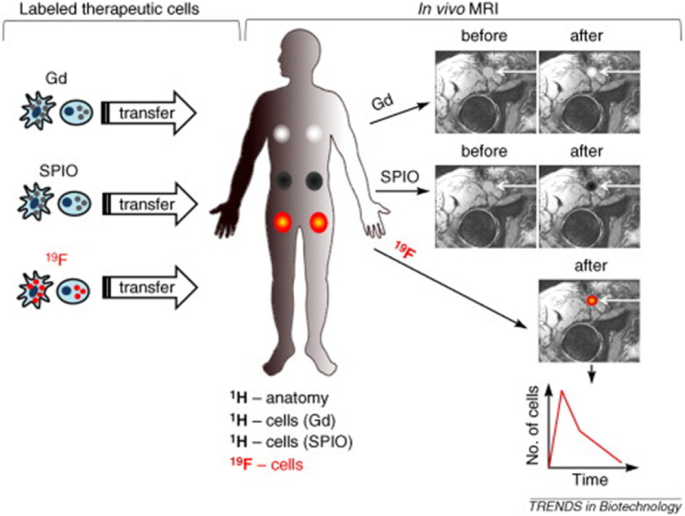


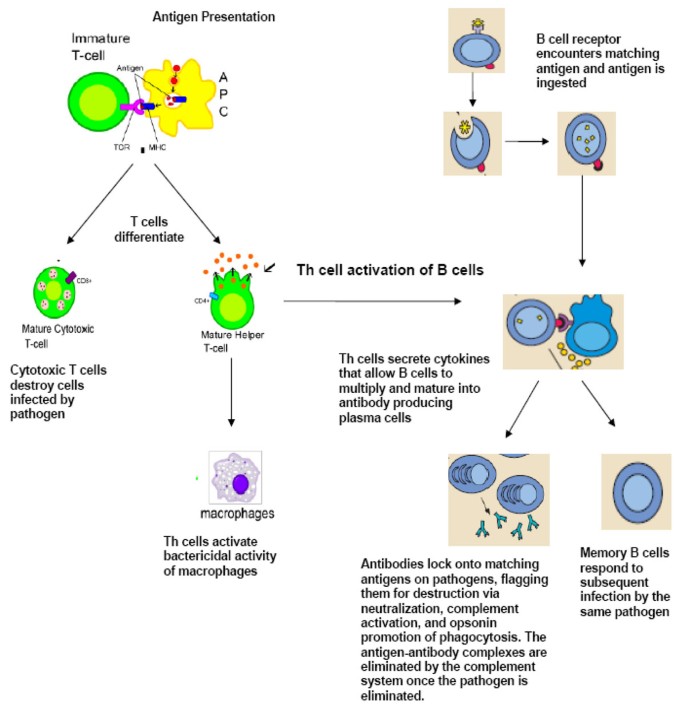
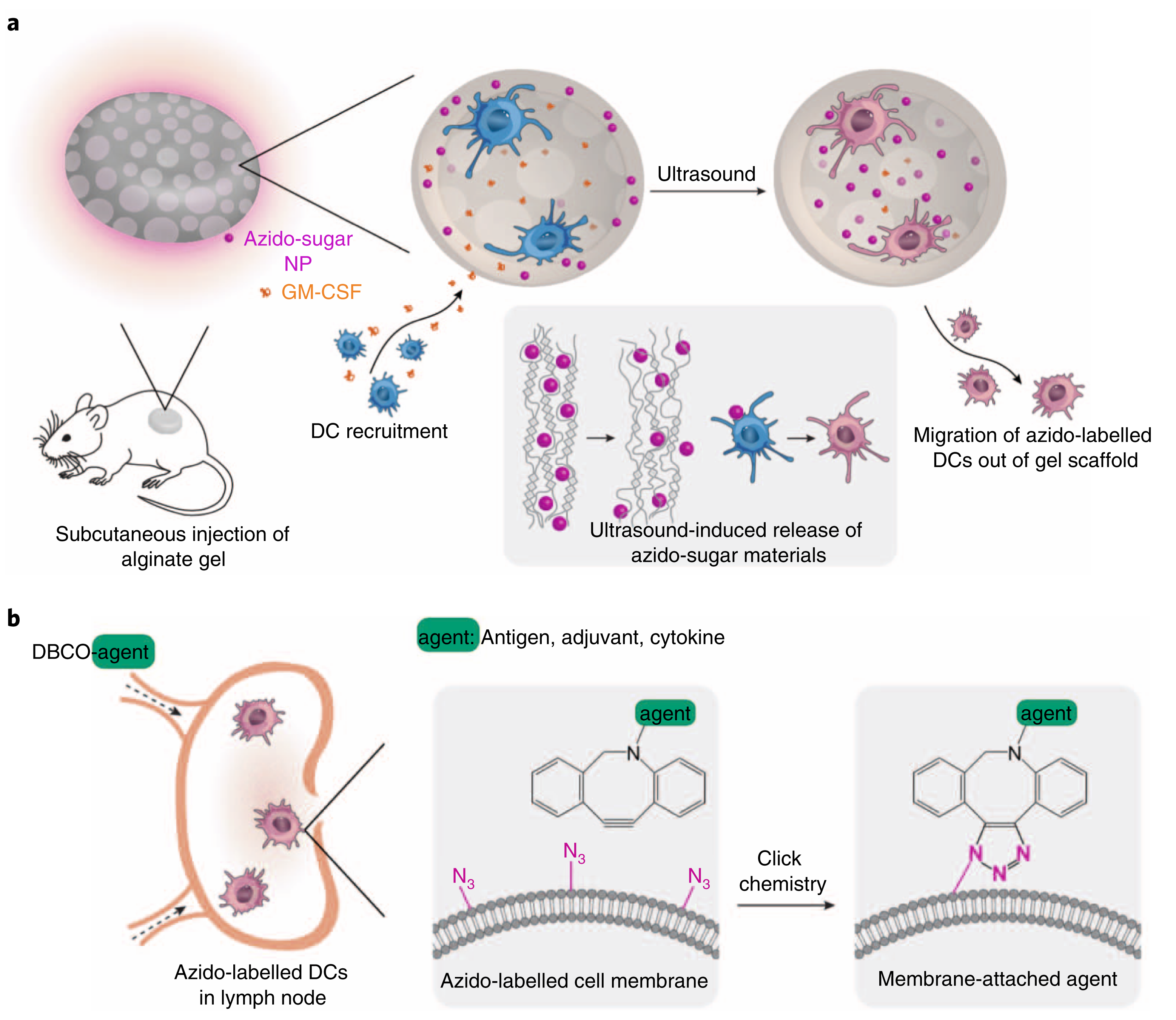



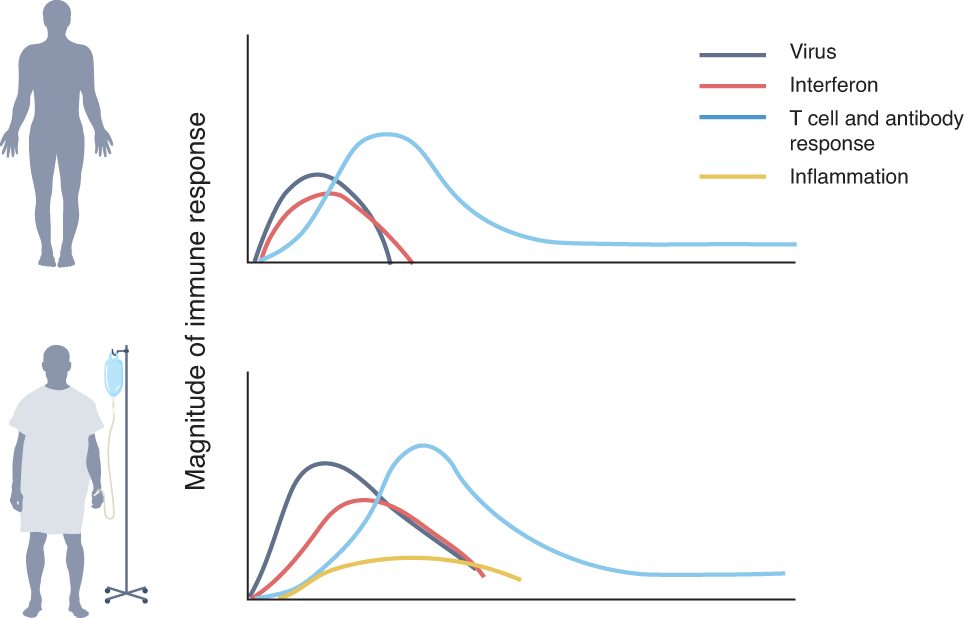

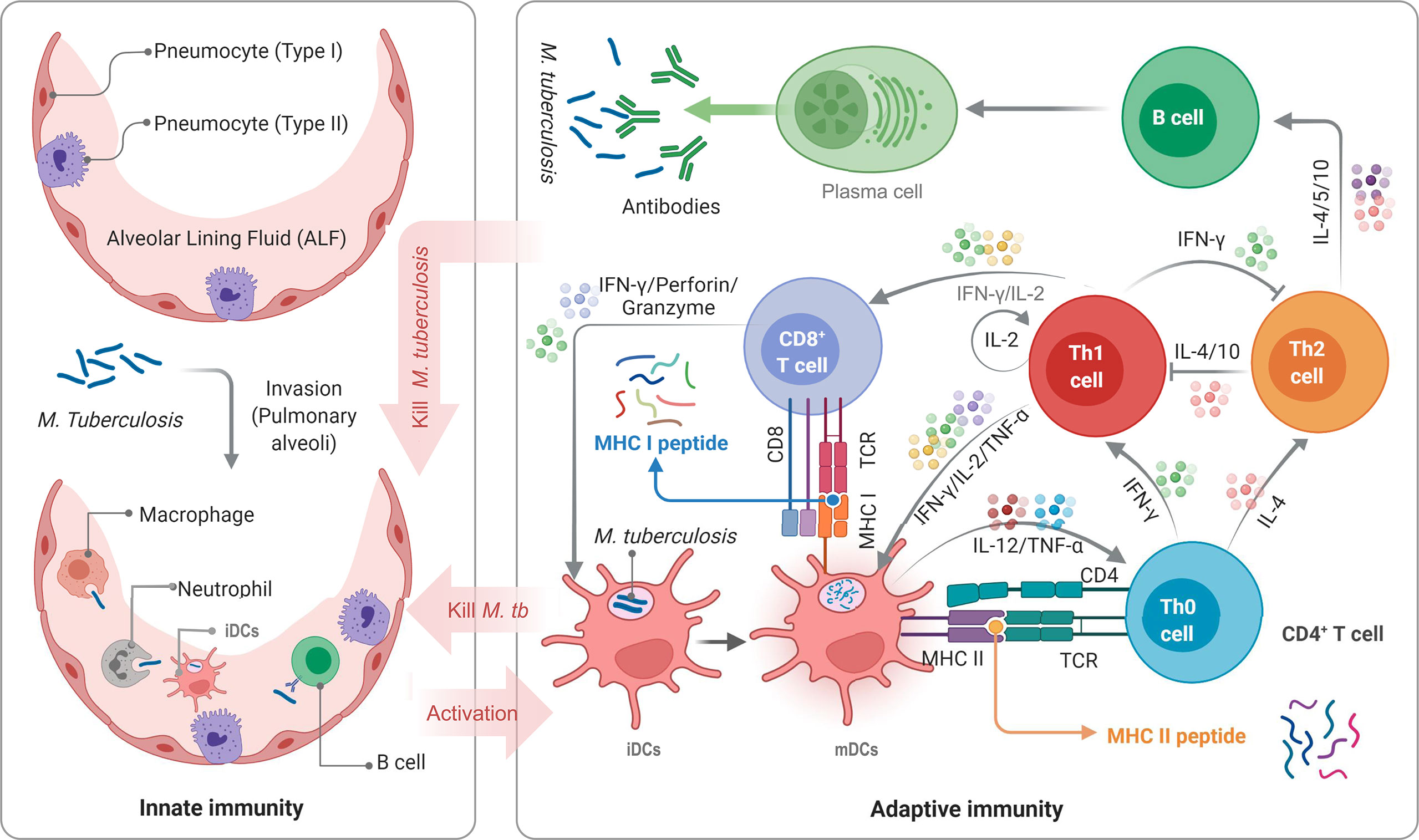







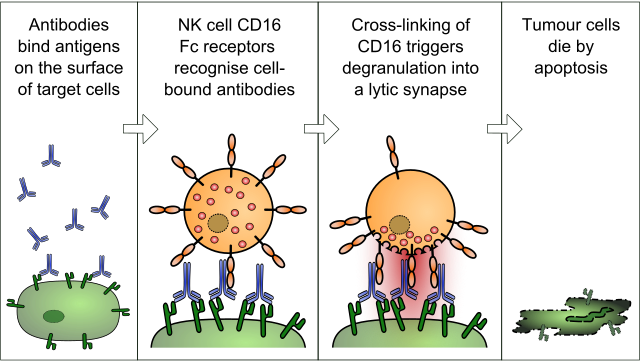

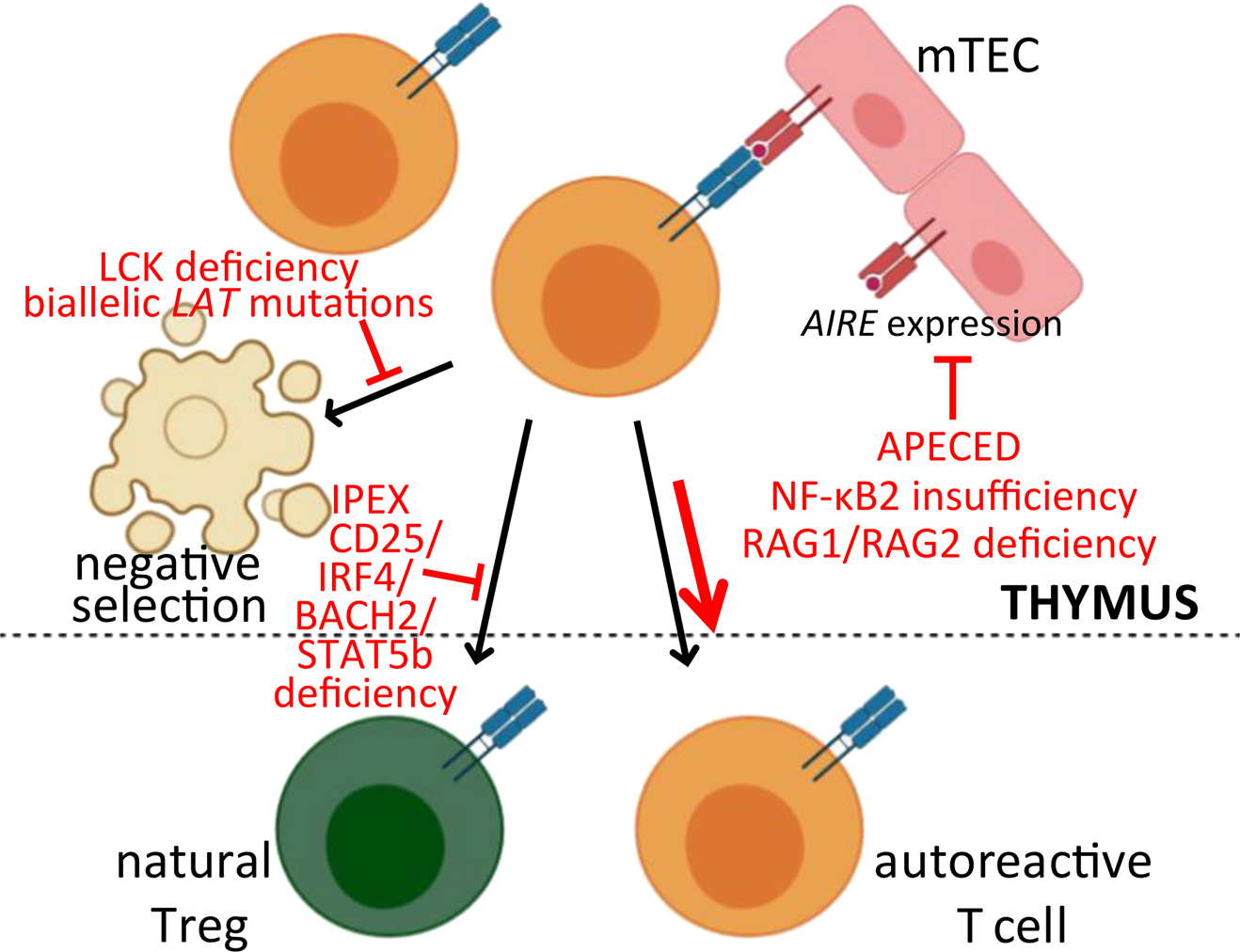
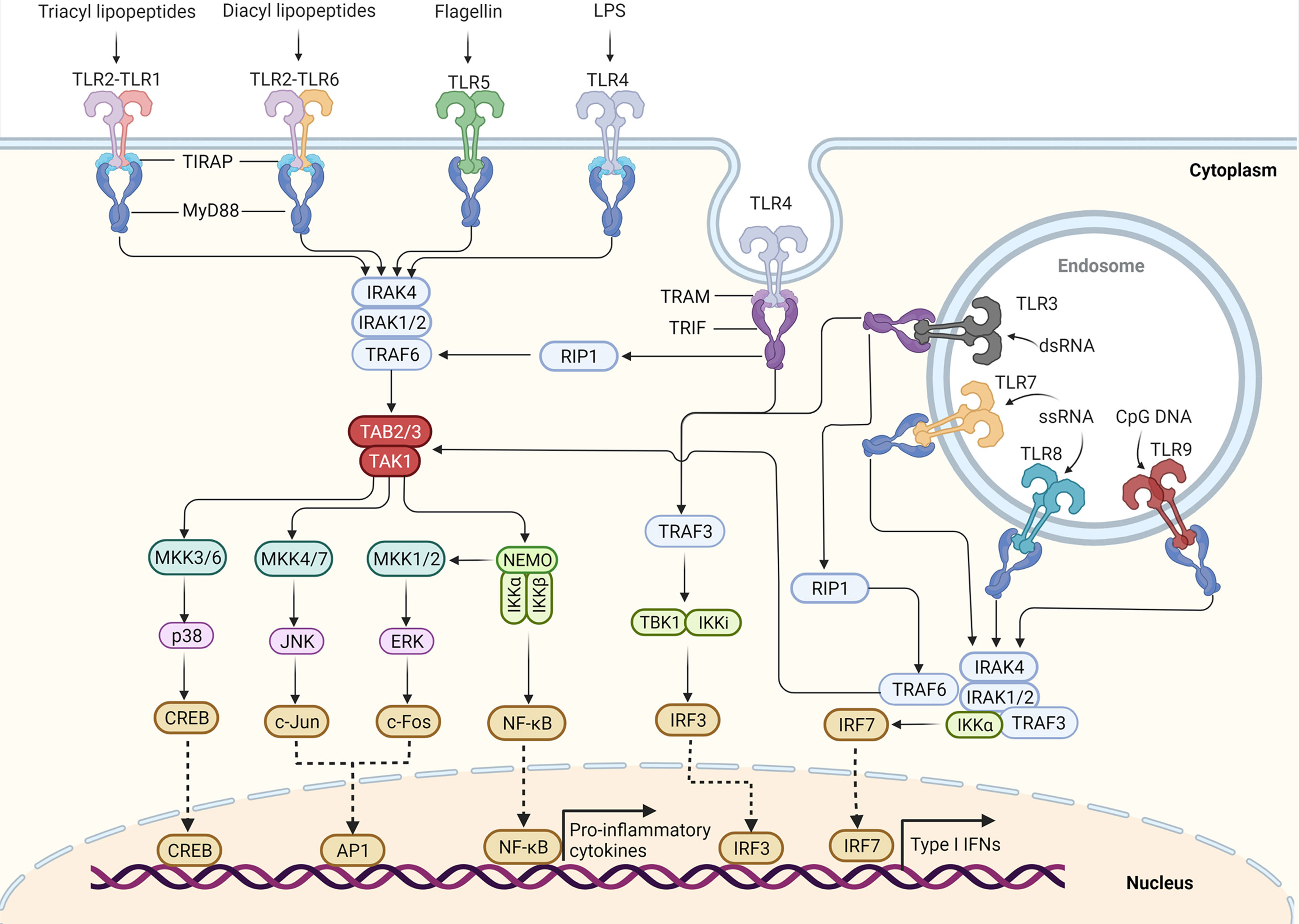
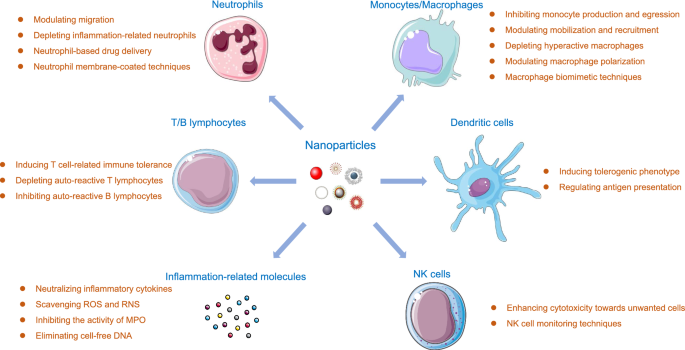



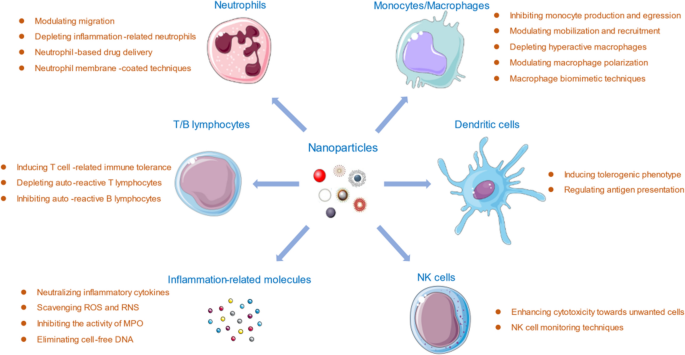
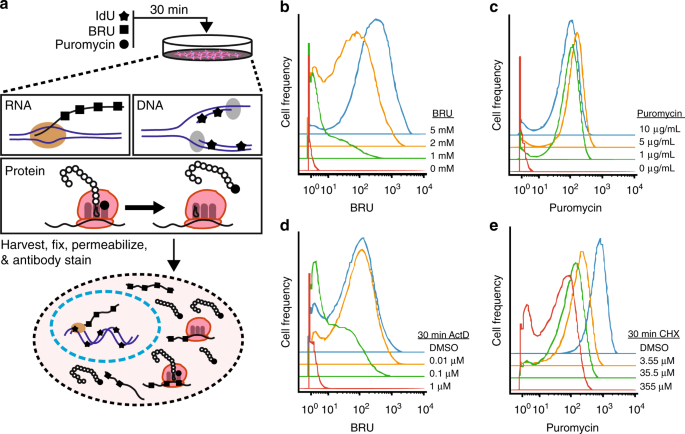



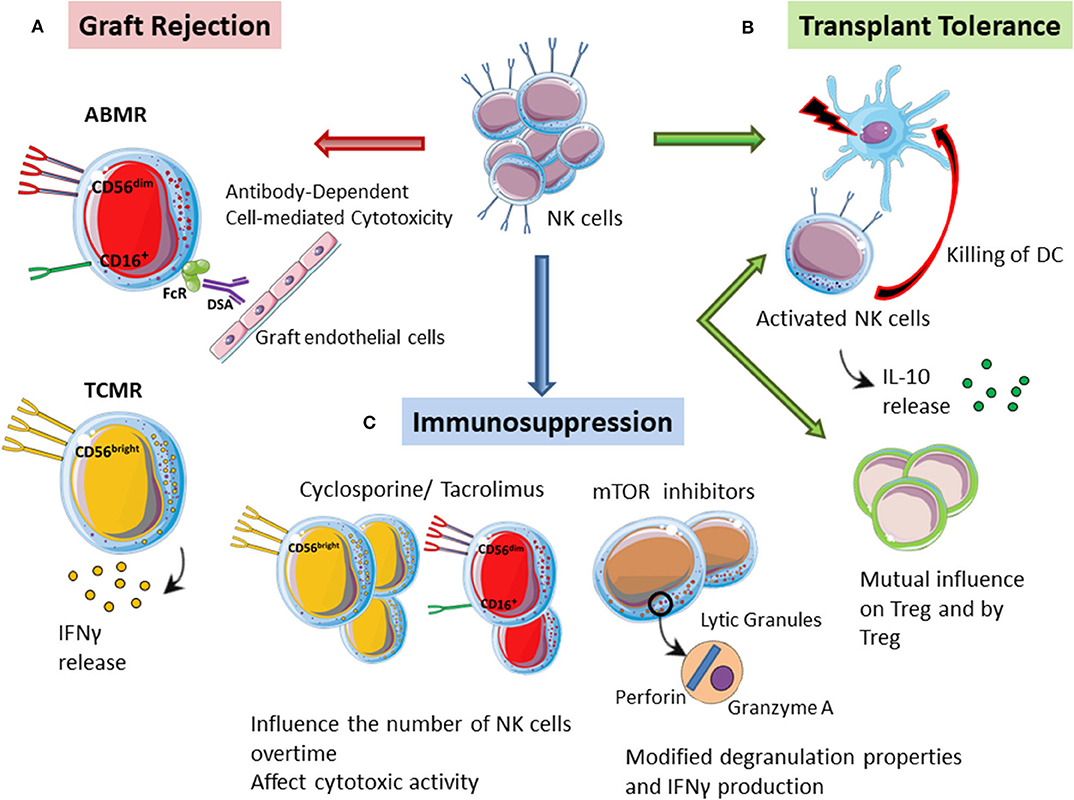

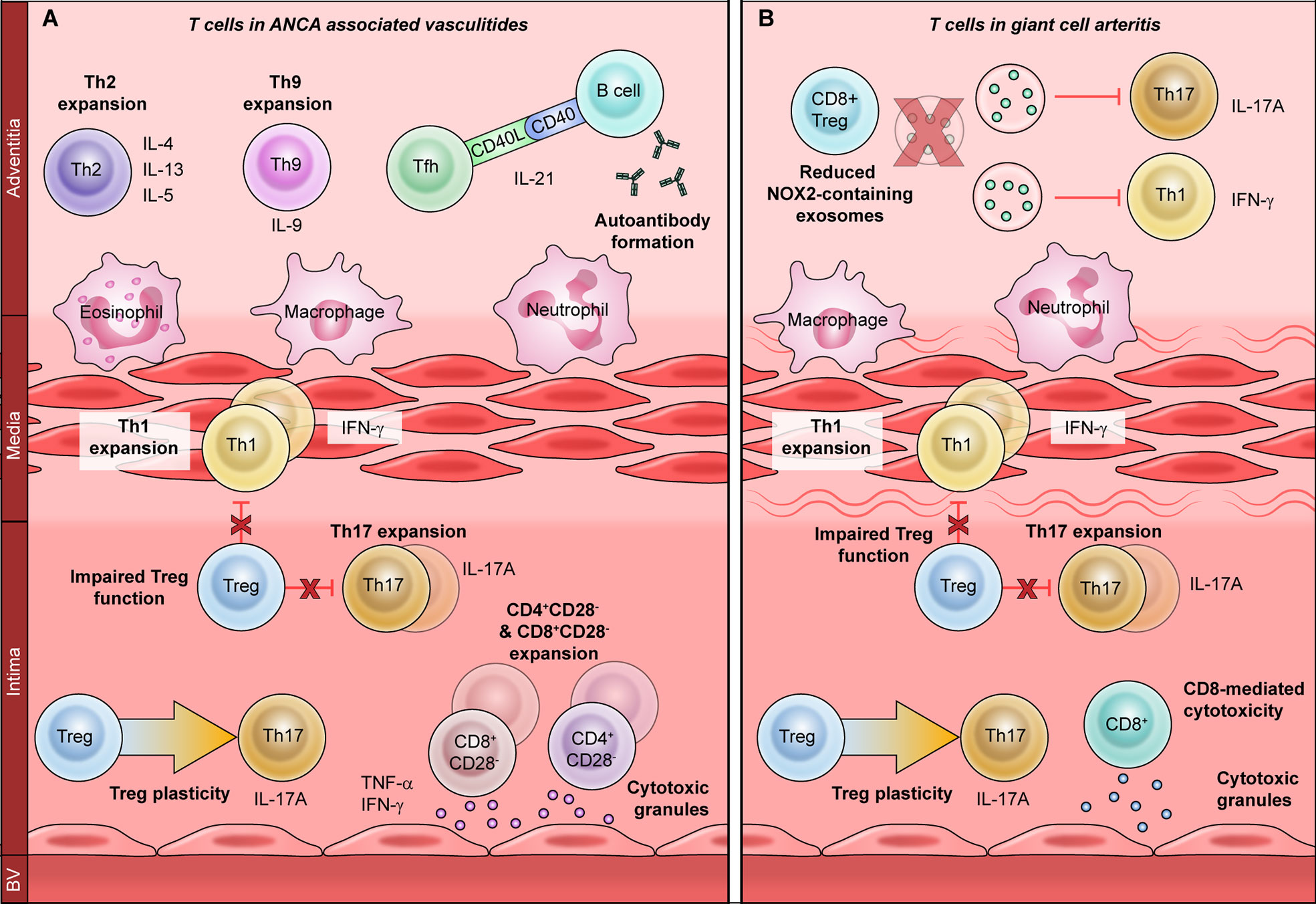

Post a Comment for "39 label the cells and molecules involved in cell-mediated immunity"